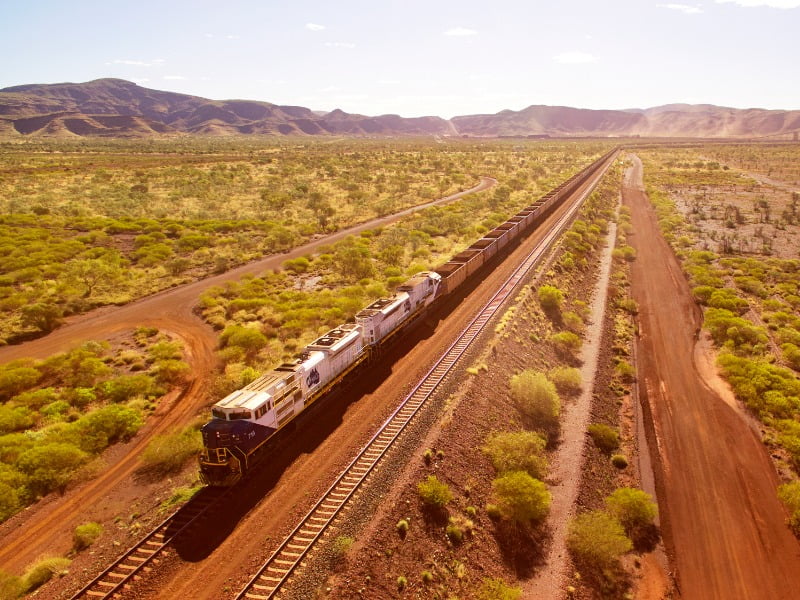It’s not every year the prestigious Boyer Lecture prompts the need for an ASX market disclosure document to be filed with the exchange.
But that was the case with Andrew Forrest’s speech as the Fortescue Metals Group chairman revealed the depth of his global ambitions to develop massive renewable power resources to produce green hydrogen.
Mr Forrest also used the lecture to unveil plans to build a ‘green’ steel pilot plant this year, with a commercial plant in the Pilbara powered entirely by wind and solar in the next several years.

Fortescue published the full transcript of the lecture in a letter to the ASX largely because the speech revealed net profit after tax of over US$940 million for the month of December 2020 based on preliminary unaudited management accounts.
But the strength of commitment to renewables, hydrogen and ultimately to the production of green steel will have surprise some. You can listen to the full audio of the Mr Forrest’s first Boyer Lecture here.
Fortescue would become a ‘first-mover’ on green hydrogen and other green product businesses including steel, Mr Forrest said. Based on the strength of the Fortescue balance sheet, the company could become a major contributor to climate innovation.
“[Fortecue] has a market capitalisation of less than 60 billion US dollars – but it made a net profit, after tax, of over 940 million US dollars – just last month,” he said.
“Based on this position of strength, the Fortescue leadership recently decided to have a crack at becoming one of the world’s largest green energy and product businesses.
“To catalyse a global solution to climate change – by rapidly increasing the supply of green hydrogen.”
A team from Fortescue has been on the road across the world since August last year testing the appetite for green energy investment and came back to Australia with a galvanised view of the investment potential for renewables and green hydrogen production.
“The question wasn’t whether green hydrogen would become the next global energy form – it was which company would have the resilience to take the risk and truly test green hydrogen at global, industrial scale?
“The board and I decided Fortescue would be that first mover. We are now undertaking feasibility studies that could lead to some 300 GW of power – more than four times what Australia can produce,” Mr Forrest said.
“We have targeted hydro-electricity – generated by rivers – and geothermal, which taps into the heat from the Earth’s core – these renewables work around the clock – yet solar is currently the cheapest form of energy in the world.”
“Our final aim is 1,000 gigawatts of zero-emissions energy. It sounds daunting, and naysayers are everywhere. But as someone who’s made a career out of doing what other people said was impossible, this doesn’t feel any different,” he said.
Fortescue is trialling two separate ways of producing steel without coal. The company aims to start building Australia’s first green steel pilot plant this year, with a commercial plant in the Pilbara – powered entirely by wind and solar, in the next few years.
The economic upside for Australia is massive and arrives at a time when the country faces large-scale job losses in the coal sector.
“Australia is in an absolutely unique position to scale green steel,” Mr Forrest said. “We could look at losing our coal industry as a national disaster – yet I’ve always believed out of every setback, is the seed of equal or greater opportunity.”
“We produce over 40 per cent of the world’s iron ore. And our potential green energy and hydrogen resources are immeasurable.
“If Australia were to capture just 10 per cent of the world’s steel market, we could generate well over 40,000 jobs – more than what’s required to replace every job in the coal industry.
“Not any old jobs, but similar jobs – construction workers, mechanics, electricians, engineers – all of the sectors that’ll be hit when coal is phased out.”
Do you know more? Contact James Riley via Email.

